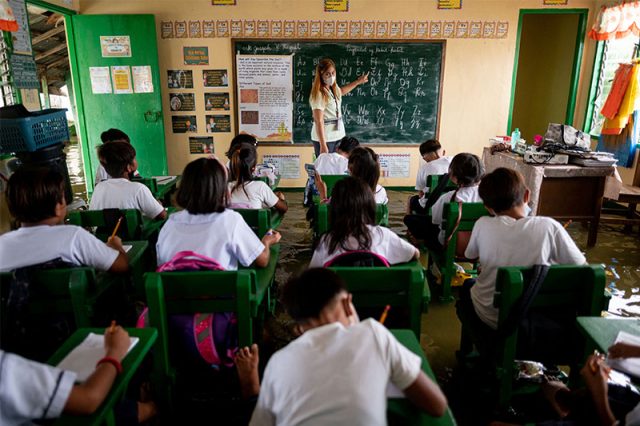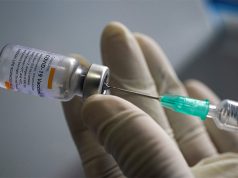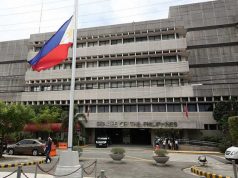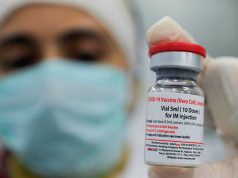
A wind engineer stressed the importance of proper ventilation and filtration in classrooms following reports of COVID-19 cases among members of school communities.
Assistant professor Joshua Agar of UP Diliman said this in response to a newspaper report titled “DepEd Confirms COVID Cases In Schools; Numbers Still Being Verified” published last Saturday.
The report stated that the Department of Education confirmed new COVID-19 cases reported among students, teachers and non-teaching personnel since the beginning of the school year last August.
The Philippines started implementing the hybrid learning setup, a mixture of physical and distance learning.
Face-to-face classes are supposed to be fully implemented by November.
“We already received reports all over the country that there are learners, teachers and non-teaching staff who test positive,” DepEd spokesperson Michael Poa was quoted as saying in the report.
“That is why we are closely monitoring the situation and making sure that our schools have what we call the infection containment plan that we asked them to prepare before the start of classes to prevent a surge,” he added.
Poa said that the development was expected, adding that physical classes are no different from in-person setups such as offices, where people also turn up positive at times.
“What we want to avoid, that’s why we’re closely monitoring (the situation), is to have a surge in COVID cases,” he continued.
DepEd’s policies for in-person classes include strict monitoring for possible symptoms of COVID-19 before going to school and mandatory mask wearing indoors.
Students with COVID-19 symptoms are also excused from in-person classes and shall shift to distance learning, provided they are well enough to attend.
The OCTA Research Group said that the seven-day positivity rate of Metro Manila has increased from 17.5% on September 21 to 18.9% on September 28.
The figure is the highest in recent months. It is also higher than the previous peak of 17.5% on August 5.
The positivity rate refers to the percentage of COVID-19 tests that come out positive.
Meanwhile, Agar suggested that a “recalibration of F2F [face-to-face] classes” must be done to address COVID-19 cases in schools.
According to him, this must be done by including factors of “ventilation and filtration” in setting up classrooms and work areas in schools.
Agar also suggested that the “Safe Schools Calculator” be used.
It is a tool he developed that “can be used to communicate how the specific measures are contributing to [reducing] the COVID-19 risk, giving certainty and assurance at times when defeatism and doubt in [sic] proliferated.”
Safe Schools Calculator – Ensuring that the F2F classes will be conducted safely (a thread)
You can download the tool using this link:https://t.co/n25cmhdkRK
Part 1 – Input Parameters
In the sheet, you'll be plugging in the dimension of the room, the setting (urban or rural). pic.twitter.com/lJtQ8AAkrk— Joshua C. Agar (@JoshuaCAgar) August 17, 2022
“I hope that this time, @DepEd_PH can re-engage into another series of serious dialogues and consultations on the actual science of the infection prevention and control measures for Covid-19. #COVIDisAirborne,” Agar wrote in another tweet.
The United States’ Centers for Disease Control and Prevention said that the virus causing COVID-19 can be transmitted through very fine respiratory droplets and aerosolized particles.
These are released when people breathe, sing, speak, exercise, cough and sneeze.
They can remain suspended in the air for hours in poorly ventilated and enclosed spaces.
The Department of Health said that proper ventilation can be achieved by “always keeping windows or doors open for fresh air to flow or putting an electric fan in front of a window for good air circulation.”
“If the weather’s too hot to keep windows open, one can open it for a few minutes every hour,” it added.
For filtration, the Department of Labor and Employment suggested the use of HEPA filters or filters with a minimum efficiency reporting value (MERV) of 13 or higher in airconditioned spaces for preventive measures.









